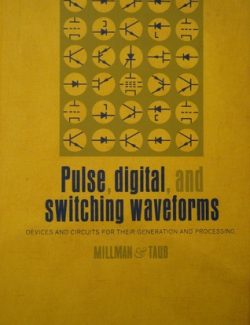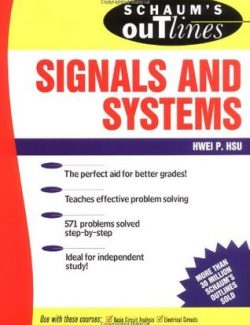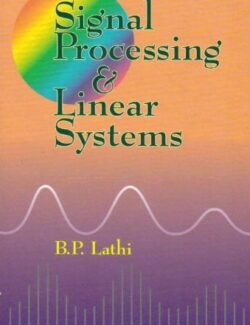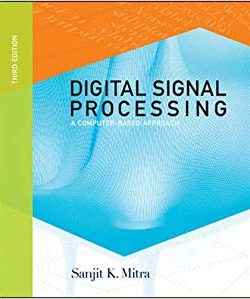Description
What are the relations between continuous-time and discrete-time/sampled-data systems, signals, and their spectra? How can digital systems be designed to replace existing analog systems? What is the reason for having so many transforms, and how do you know which one to use? What do s and z really means and how are they related? How can you use the fast Fourier transform (FFT) and other digital signal processing (DSP) algorithms to successfully process sampled signals? Inside, you’ll find the answers to these and other fundamental questions on DSP.
You’ll gain a solid understanding of the key principles that will help you compare, select, and properly use existing DSP algorithms for an application. You’ll also learn how to create original working algorithms or conceptual insights, design frequency-selective and optimal digital filters, participate in DSP research, and select or construct appropriate hardware implementations.
Key Features
* MATLAB graphics are integrated throughout the text to help clarify DSP concepts. Complete numerical examples clearly illustrate the practical uses of DSP.
* Uniquely detailed coverage of fundamental DSP principles provides the rationales behind definitions, algorithms, and transform properties.
* Practical real-world examples combined with a student-friendly writing style enhance the material.
* Unexpected results and thought-provoking questions are provided to further spark reader interest.
* Over 525 end-of-chapter problems are included, with complete solutions available to the instructor (168 are MATLAB-oriented).













Leave us a comment
No Comments